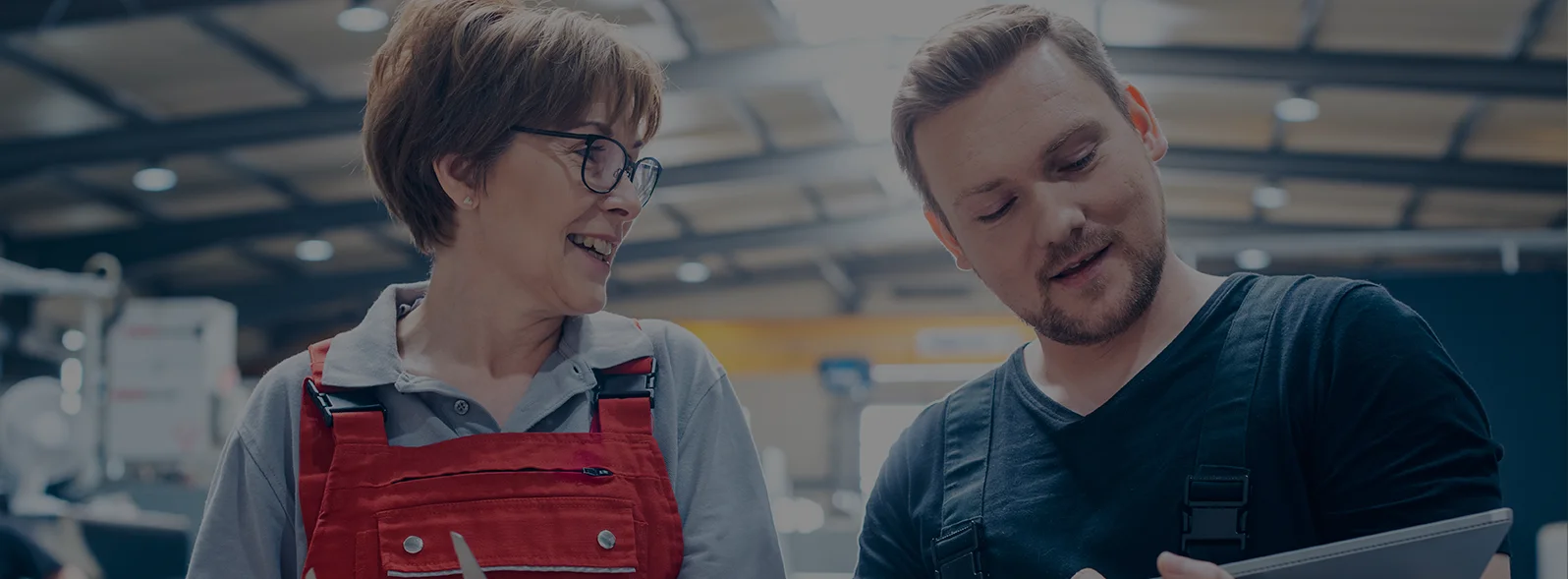RPL, or recognition of prior learning, is a process that assesses your existing skills and experience in the workforce to determine your competency in the units of the qualification you’re seeking.
What’s the benefit of the RPL journey?
RPL can significantly decrease the cost and the time it takes to study and complete coursework. It’s a simple process that involves only a few steps to get you certified with a nationally recognised qualification.
The level of experience required for RPL assessment will vary depending on the qualification you want to achieve. Let’s explore the types of skills that are assessed during the RPL process, and how a registered training organisation (RTO) will evaluate your knowledge and experience.
What skills are required?
You are required to demonstrate that you have prior learning relevant to the qualification you are seeking and you should currently be employed in a role that gives you the opportunity to demonstrate these skills.
The skills, knowledge and experience you have must cover the Units of Competency in the qualification and the RTO will make this assessment.
The practical skills you’ve developed during your day-to-day tasks at work can be very useful in preparing you for a qualification. Prior learning can be obtained through formal, non formal and informal learning.
If you’ve previously undertaken any study or education, or completed a qualification that’s relevant to your current career path; it could be used as credit towards the units in your next qualification.
Lastly, informal learning including life skills and experience, could contribute to your career capabilities.
How are my skills assessed?
Your skills are assessed to ensure you are competent in the areas of your field of work.
With the help of a Skills Certified Consultant, you’ll be required to compile a portfolio of evidence. This portfolio can include your CV, qualifications, transcripts, certificates, samples of work, photos and videos, letters of reference and other relevant documentation that showcases your skills. It’s important to comprehensively present all of your experience in your portfolio of evidence.
Once you’ve gathered your supporting evidence, we will submit it to one of our partner RTOs for RPL assessment.
The RTO will get in touch if any additional evidence is required, or if there are areas in which you need to upskill. If this is the case, the RTO may assign a trainer to upskill you in these specific areas only.
Do I qualify for RPL?
The team at Skills Certified Australia can help you get on track to a formal qualification! Chat to us about your goals and we’ll be able to direct you towards the most suitable qualification. You can also review some top tips for preparing for certification from RPL facilitators here.
RPL is an assessment and you won’t receive training as part of the process. By building a portfolio that showcases your skills and experience, you are demonstrating that you do not need to undertake the study and training associated with the qualification you’re seeking.
If you’re confident that the work and life experiences you’ve acquired have equipped you with the skills needed to achieve a formal qualification, you may qualify for RPL.
What’s next?
To get started and find out if the RPL process is right for you, take our free 60 second skills check. Or, you can firstly read more about suitability for RPLhere.















